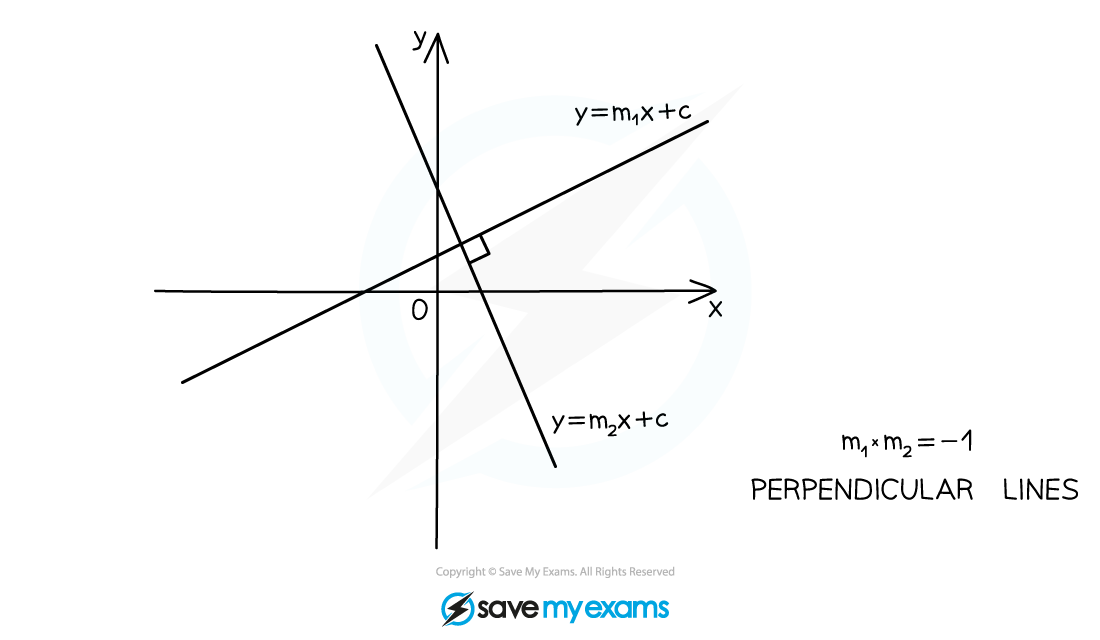Equations of a Straight Line
How do I find the gradient of a straight line?
- Find two points that the line passes through with coordinates (x1, y1) and (x2, y2)
- The gradient m between these two points is calculated by
-
- This is sometimes known as rise over run
- The gradient of a straight line measures its slope
- A line with gradient 1 will go up 1 unit for every unit it goes to the right
- A line with gradient -2 will go down two units for every unit it goes to the right
What are the equations of a straight line?
- This is sometimes called gradient-intercept form
- It clearly shows the gradient m and the y-intercept (0, c)
- This is sometimes called the point-gradient form
- It clearly shows the gradient m and a point on the line (x1, y1)
- This is sometimes called the general form
- You can quickly get the x-intercept
, y-intercept
and gradient
is not the y-intercept in this form of the line equation!
- You can also rearrange the equation into gradient-intercept form
How do I find an equation of a straight line?
- You will need the gradient
- If you are given two points then first find the gradient
- It is easiest to start with the point-gradient form
- then rearrange into whatever form is required
- multiplying both sides by any denominators will get rid of fractions
- then rearrange into whatever form is required
- Always check your answer
- Substitute the coordinates of points on the line into the equation
- Make sure the equation is satisfied with those coordinates
Exam Tip
- Make sure you state equations of straight lines in the form required
- Usually
or
- Check whether coefficients need to be integers
- This is often the case for
- This is often the case for
- Usually
Worked example
The line passes through the points
and
.
Find the equation of , giving your answer in the form
where
and
are integers to be found.
First find the gradient of the line using 'rise over run'
Substitute the gradient and the coordinates of one of the points into
Multiply both sides of the equation by 2 to get rid of the fraction
Rearrange into the required form



